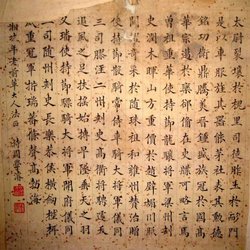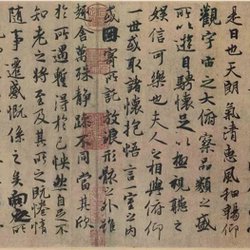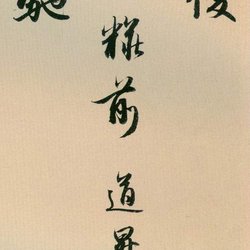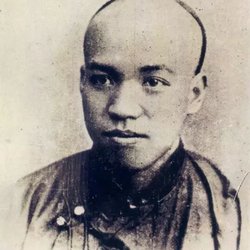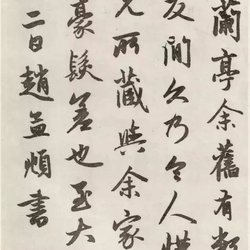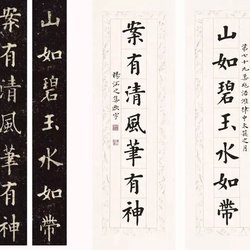Zhao Mengfu (1254-1322), whose courtesy name was Zi'ang and nicknamed Songxue, was a Songxue Taoist and a native of Huzhou (now Wuxing, Zhejiang). Zhao Mengfu began to study calligraphy since he was five years old. He continued to read and write calligraphy until his death. He was good at seal script, official script, Zhen script, Xing script and cursive script, and was especially famous for his regular script and running script. According to the "History of the Yuan Dynasty", "Meng Fu's seal script, official script, Zhen script and cursive script are all the best in ancient and modern times, so he is famous all over the world for his books."
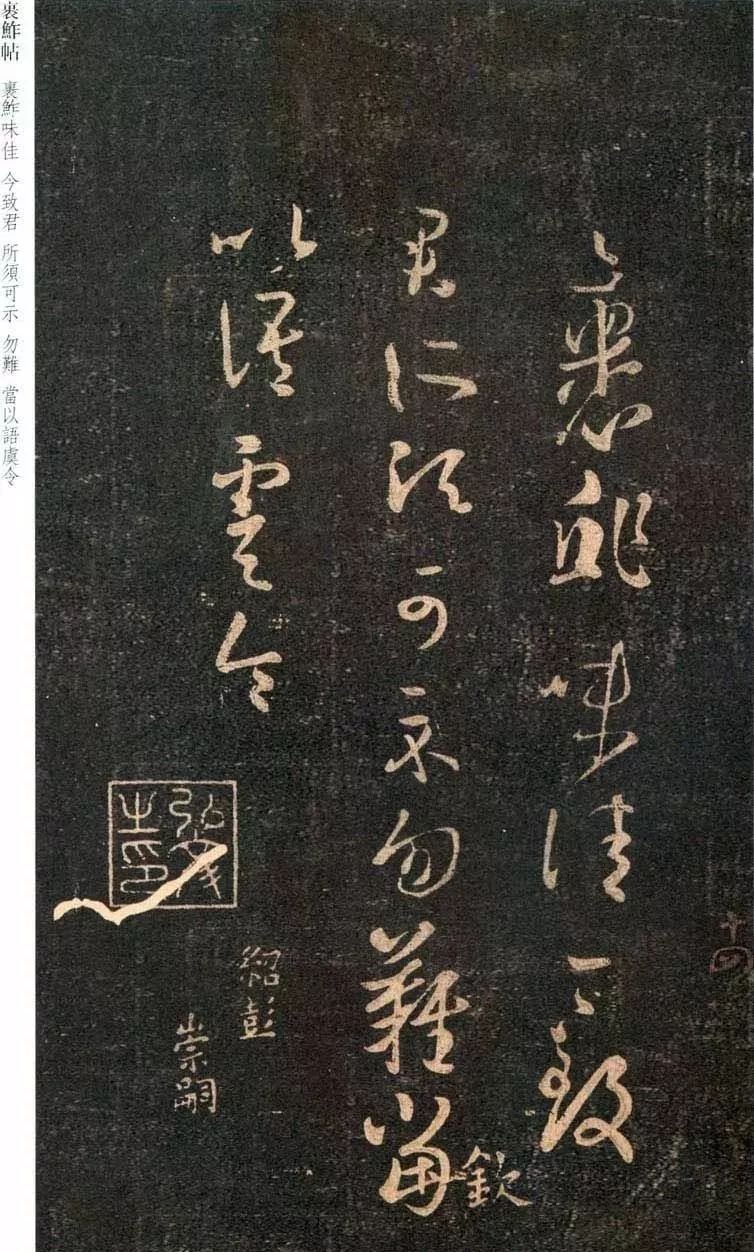
Songxue Zhai Lin Wang Xizhi's Wrapping Post 1
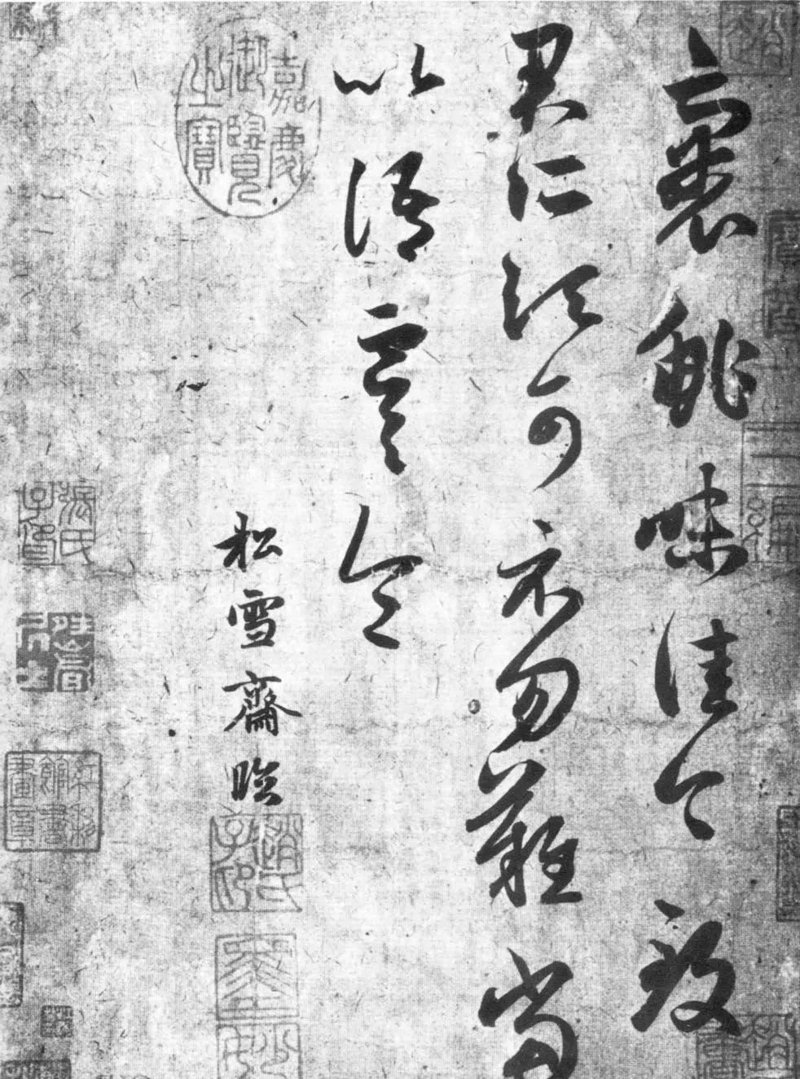
Zi'ang came to Wang Xizhi and wrote two
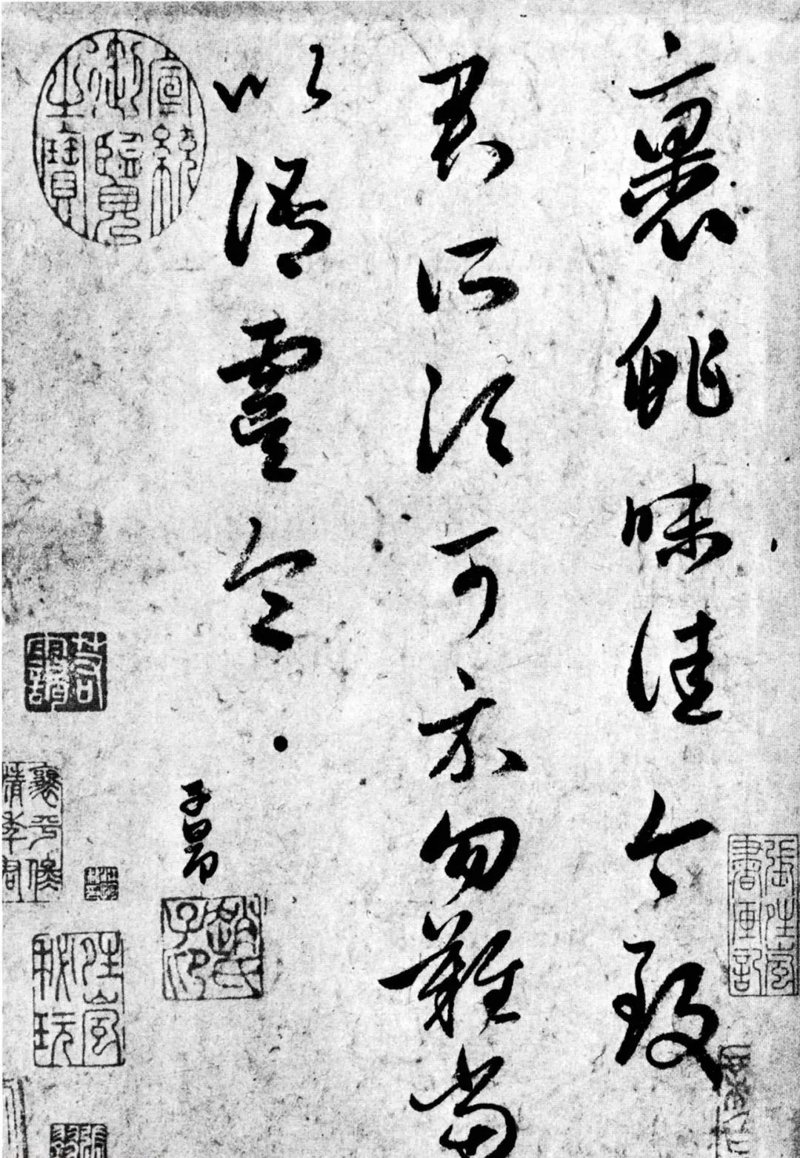
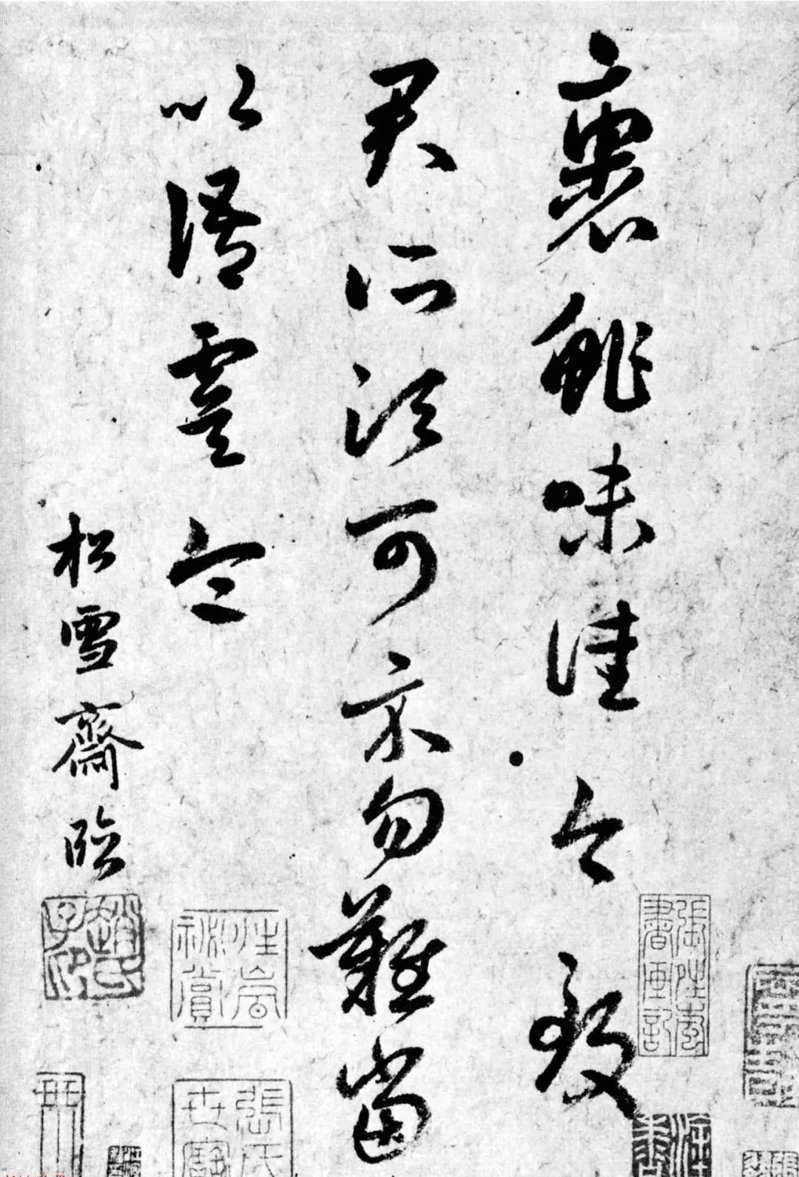
Zhao Mengfu came to Wang Xizhi and wrote three
Explanation: The wrapped bream tastes good, and I send it to you now. What you need can be shown, don't make it difficult. This should be the order of Yu. Songxue Zhailin
As a master of his generation, Zhao Mengfu not only influenced his friends Gao Kegong and Li Chan, his wife Duan Sheng, and his son Zhao Yong, but also his disciples Tang Di, Zhu Derun, Chen Lin, Shang Qi, Wang Yuan, Yao Yanqing, and his grandson Wang Meng. Even at the end of the Yuan Dynasty, Huang Gongwang, Ni Zan and others inherited and carried forward Zhao Mengfu's aesthetic views to varying degrees, which made the literati paintings of the Yuan Dynasty flourish for a long time and wrote a beautiful and unique chapter in the history of Chinese painting. He, his son Zhao Yong, and his grandson Zhao Lin all made "Pictures of Men and Horses", which were called "Pictures of Men and Horses in Three Generations", which became a legend. All three paintings were spread to the United States and were collected by the Metropolitan Museum of Art.
"First paint and then write on this piece of paper. You can combine two beauties within a short distance." Zhao Mengfu's four masterpieces of calligraphy, painting, poetry and seals were already famous at home and abroad at that time. Even people in Japan and India valued his works, which was a symbol of Chinese and foreign culture at that time. exchanges contributed.
Among Zhao Mengfu's calligraphy works that are related to Taoism are "Luo Shen Fu", "Tao Te Ching", "Xuanmiao Guan Reconstruction of Three Gates", etc. There are many famous paintings, including "Xuan Zhen Guan Tu", "Three Religions Tu", "Xuan Yuan Dao Tu", "Songshi Laozi Tu", "Xishan Xianguan Tu" and so on. There is also "Ten Sons of Xuanyuan", which depicts portraits of ten Taoist figures, including Guan Yinzi and Wenzi, along with small biographies. The writing and ink of this work are ancient. In the ninth year of Dade in the Yuan Dynasty (1305), Lu Daotong was engraving and printing in Hangzhou, and was later included in the Ming Zhengtong "Tao Zang". The poetry style is gentle and euphemistic. He is also good at seal cutting and is famous for his "Yuan Zhu Wen". In the sixth year of Yanyou's reign in the Yuan Dynasty (1319), he invited Nan to return to his hometown. He once served in Songjiang Beidao Hall, and his name was Daoyuan.
Zhao Mengfu has an important role and far-reaching influence that cannot be ignored in the history of Chinese calligraphy art. His contribution to calligraphy lies not only in his calligraphy works but also in his calligraphy theory. He has many profound insights into calligraphy. He believes: "There are two things in learning calligraphy. The first is the brushwork, and the second is the shape of the characters. The brushwork is not perfect, and although it is good, it is still bad; the shape of the characters is not wonderful, and even if you are familiar with it, it is still fresh. Only when you can understand this, can you learn to calligraphy."
"It is beneficial to study calligraphy by pondering the ancient inscriptions and knowing the meaning of the writing." When writing the ancient inscriptions, he pointed out a very meaningful fact: "The predecessors obtained a few lines from the ancient inscriptions and studied them with concentration. Can be famous all over the world. What's more, "Preface to the Lanting Collection" is the calligraphy that Wang Youjun (Wang Xizhi) is satisfied with. If you keep learning, why worry about not being able to surpass others in calligraphy." These can give us important inspiration.
Zhao Mengfu's articles are unparalleled in his time, and they also refer to the learning of Buddhism and Laoism. In his paintings, landscapes were modeled after Dong Yuan and Li Cheng; figures, pommel horses and horses were modeled after Li Gonglin and people of the Tang Dynasty; bamboo and flowers and birds were all painted with round and graceful brushwork. He used the flying white method to paint rocks and calligraphy to write bamboos. He advocated reforming the style of the Southern Song Dynasty. He claimed that "the most important thing in painting is to have ancient ideas. If there is no ancient intention, no matter how precise it is, it will be useless." The "male" part was removed, and the "fine" and "rough" elements were removed, creating a new style of painting in the Yuan Dynasty.
Zhao Mengfu made many friends and exchanged views with Gao Kegong, Qian Xuan, Wang Zhi, Li Jin, Guo Youzhi, etc.; those who directly received his guidance included Chen Lin, Tang Di, Zhu Derun, Ke Jiusi, Huang Gongwang, Wang Meng, etc. He specializes in seal cutting and is famous for his "round Zhuwen".
This article was first published by 15LianCi.com. Please indicate when reprinting: https://www.seowhy15.com/a/425.html

